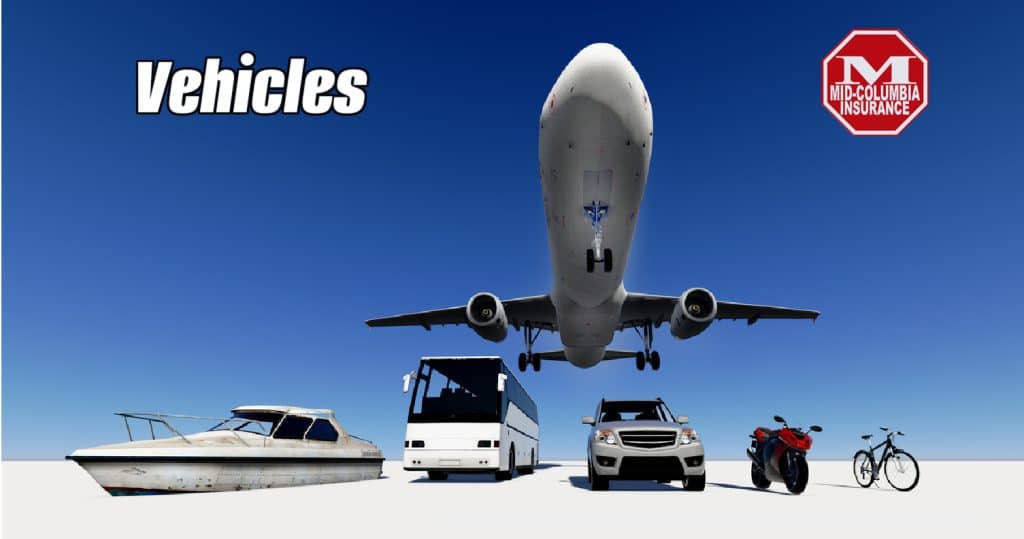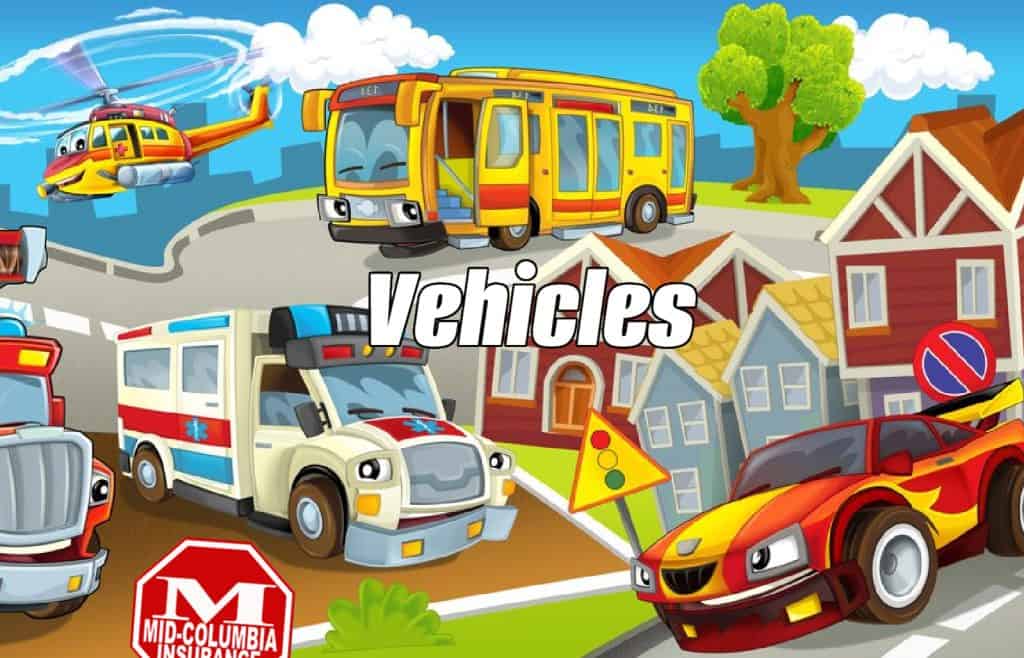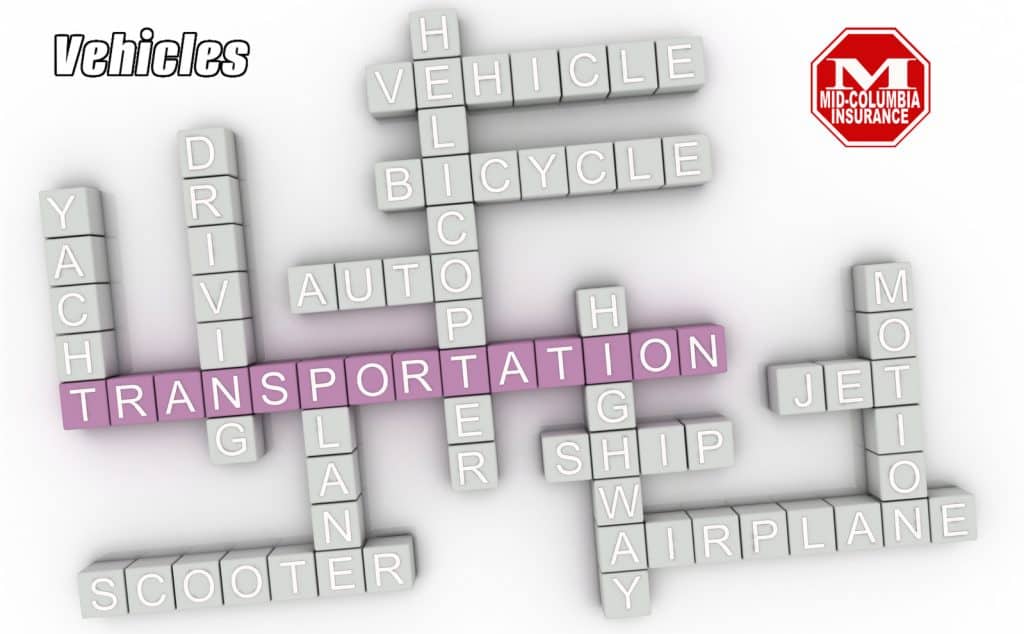
A vehicle is a machine designed to transport people or cargo from one location to another. Vehicles come in various types, sizes, and configurations, each serving different purposes and catering to specific needs. This article provides a comprehensive overview of vehicles, their attributes, components, functions, and ownership models.
Types of Vehicles
Vehicles can be classified into several main categories based on their design and intended use. The most common types of vehicles include:
- Cars: Sedans, hatchbacks, SUVs, coupes, and convertibles are examples of passenger cars designed for personal transportation.
- Trucks: Pickup trucks, vans, tankers, and tractor-trailers are used for commercial purposes, such as cargo delivery and transportation.
- Motorcycles: Cruisers, sport bikes, scooters, and off-road motorcycles are two-wheeled vehicles that offer a more personalized mode of transportation.
- Bicycles: Road bikes, mountain bikes, hybrid bikes, and electric bikes are pedal-powered vehicles that provide a healthy and eco-friendly alternative to motorized transportation.
Other types of vehicles include buses, trains, boats, and airplanes, each serving specific transportation needs.
Vehicle Components
Vehicles consist of various components that work together to ensure proper functioning and performance. The main components of a vehicle include:
- Engine: The heart of a vehicle, responsible for converting fuel into mechanical energy. Engines can be internal combustion, electric, hybrid, or fuel cell powered.
- Wheels: The circular components that allow the vehicle to move and steer. Wheels come in different sizes, materials, and designs.
- Transmission: The system that transmits power from the engine to the wheels. Transmissions can be manual, automatic, continuously variable (CVT), or semi-automatic.
- Brakes: The safety system that allows the vehicle to slow down or stop. Brakes can be disc or drum type and are operated by hydraulic or electronic systems.
- Suspension: The system that connects the wheels to the vehicle frame, providing a smooth ride and handling.
Other essential components include the steering system, body, and lights.

Vehicle Functions
Vehicles serve various functions, depending on their type and intended use. The main functions of vehicles include:
- Transportation: The primary function of vehicles is to transport people or cargo from one place to another.
- Recreation: Some vehicles, such as sports cars or off-road vehicles, are designed for recreational purposes and provide enjoyment to their owners.
- Racing: High-performance vehicles are used in competitive racing events, showcasing speed, skill, and engineering excellence.
- Cargo delivery: Commercial vehicles, such as trucks and vans, are used to transport goods and materials for businesses and industries.
- Emergency services: Specialized vehicles, such as ambulances and fire trucks, are used by emergency services to respond to critical situations and save lives.
- Military use: Military vehicles, such as tanks and armored personnel carriers, are used for defense and combat purposes.
Vehicle Ownership Models
Vehicles can be owned and accessed through various models, depending on individual needs and preferences. The main vehicle ownership models include:
- Personal ownership: The most common model, where individuals purchase and own their vehicles.
- Leasing: A model where individuals or businesses pay a monthly fee to use a vehicle for a specified period, typically 2-5 years.
- Rental: A short-term model where individuals or businesses rent vehicles for a specific duration, ranging from a few hours to several weeks.
- Car sharing: A model where individuals or businesses share access to a fleet of vehicles, paying only for the time they use the vehicle.
- Public transportation: A model where individuals use government-operated vehicles, such as buses or trains, for transportation.

Vehicle Attributes
Vehicles possess various attributes that define their characteristics and performance. The main attributes of vehicles include:
- Weight: The total mass of the vehicle, which affects its fuel efficiency, handling, and performance.
- Size: The physical dimensions of the vehicle, which determine its passenger and cargo capacity, as well as its maneuverability.
- Color: The exterior and interior colors of the vehicle, which can reflect personal style and preferences.
- Material: The materials used in the construction of the vehicle, such as steel, aluminum, plastic, or carbon fiber, which affect its weight, strength, and durability.
- Fuel efficiency: The distance a vehicle can travel per unit of fuel consumed, which is an important factor in operating costs and environmental impact.
- Speed: The maximum speed a vehicle can achieve, which is determined by its engine power, weight, and aerodynamics.
Conclusion
Vehicles are an essential part of modern society, providing transportation, recreation, and utility for millions of people worldwide. With a wide range of types, components, functions, and ownership models, vehicles cater to diverse needs and preferences. By understanding the attributes and characteristics of vehicles, individuals and businesses can make informed decisions when choosing the right vehicle for their specific requirements.
Mid-Columbia Insurance
– Your Trusted Insurance Agent
Call (509)783-5600 and speak to one of our independent insurance agent professionals today, or click “Get a Quote” to request an insurance quote.
« Back to Glossary Index